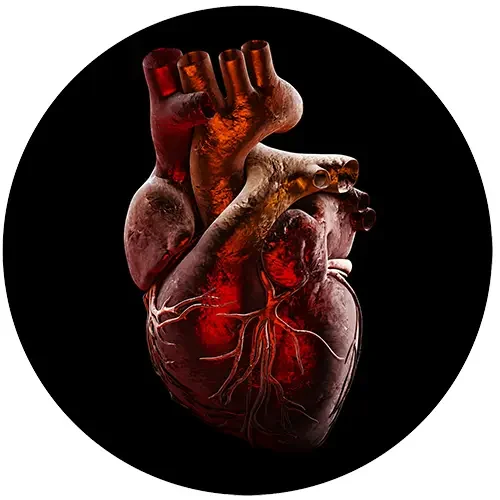Calcium Channel Blockers
Overview: Calcium channel blockers (CCBs) are used extensively in HCM patients to lower blood pressure, and sometimes to slow the heart rate as well.
Background
Calcium channel blockers reduce the amount of calcium entering the cells in your heart and arteries. Calcium is needed for the heart to contract. Blocking part of it causes the arteries to dilate, lowering blood pressure. Some CCBs also slow the heart. Because the heart is pumping more slowly and less forcefully, it requires less oxygen.
What do calcium channel blockers do?
Calcium channel blockers are used to treat high blood pressure. Because some can also slow the heart rate, they can help to overcome problems from systolic dysfunction by giving the heart more time to fill. Some CCBs are used for treating some abnormally rapid heart rhythms.
These drugs vary in how they affect heart rate, how long-acting they are, and how they are eliminated from the body. As a result, different CCBs are typically used for different things.
Verapamil is the most widely used calcium channel blocker for HCM patients. It improves the filling of the heart. Like beta-blockers, it can reduce symptoms such as chest pain, shortness of breath, and palpitations. Diltiazem is often used for HCM patients as well.
Side effects
Both verapamil and diltiazem tend to cause constipation. Adjusting the dose sometimes works to help heart function without serious constipation. As with beta-blockers, these drugs can cause excessive slowing of the heart rate and lower blood pressure too much. It may take a while to find a dose that works well. As with almost any drug, other side effects also occur. If you have reduced ejection fraction from heart failure, CCBs are generally not recommended.
If you have trouble with a calcium channel blocker, talk with your doctor about it! There are many alternative drugs (including other CCBs) that can be used. It may take some patience to find the combination of drugs (and dose) that works best for you.
HCMA 6/2021










